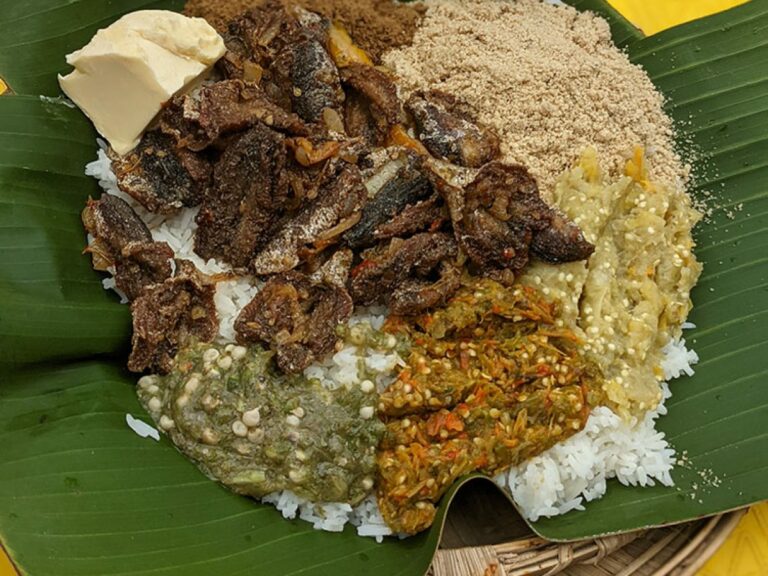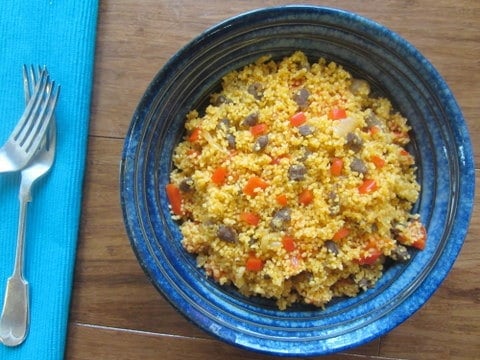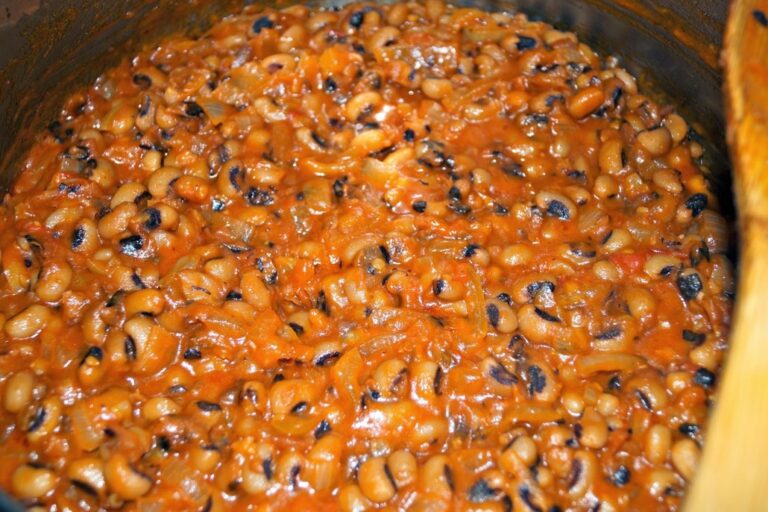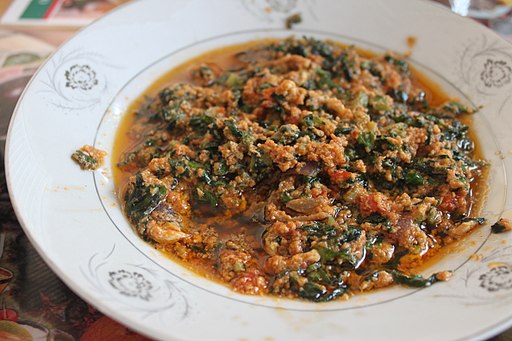Introduction: Street food culture in Sierra Leone
Sierra Leone is a West African country known for its diverse culinary culture, and street food plays a significant role in it. From meat pies to jollof rice, street food is a popular and affordable option for many Sierra Leoneans, and tourists are no exception. Street food in Sierra Leone is a reflection of the country’s rich history and cultural heritage. It is also an excellent way for tourists to experience the local food and immerse themselves in the Sierra Leonean way of life.
Accessibility of street food for tourists
Street food is an accessible option for tourists in Sierra Leone. With many vendors setting up their stalls near tourist spots and busy areas, tourists can easily find a variety of street food options. Additionally, street food vendors are known for their friendly service, making it easy for tourists to order and enjoy their food. However, tourists should be aware that street food is not available in all areas, and the best time to find street food is during the day.
Traditional street food vendors and their locations
Sierra Leonean street food vendors offer a wide range of traditional dishes such as cassava leaves, chickpea fritters, and fried plantains. These vendors can be found in busy city centers and markets, as well as along the coastline. In Freetown, the country’s capital, tourists can find street food vendors in the central business district, along Lumley Beach, and in the Aberdeen neighborhood. Tourists can also find street food vendors in smaller towns and rural areas, offering traditional dishes that are unique to their region.
Safety and hygiene concerns for tourists
While street food is a popular and convenient option, tourists should be aware of safety and hygiene concerns. It is essential to ensure that street food vendors follow proper hygiene practices, and tourists should avoid vendors with questionable hygiene. It is also important to note that not all street foods are safe for consumption. Tourists should avoid consuming raw or undercooked food, and meat that has not been properly cooked. It is always a good idea to go to well-established vendors and eat freshly prepared food to avoid any health-related issues.
Availability of vegetarian and vegan options
Sierra Leonean street food culture is heavily focused on meat dishes; however, there are still vegetarian and vegan options available. For example, cassava leaves, bean cakes, and fried plantains are all vegan-friendly options that are readily available. Tourists can also communicate with the street food vendors to request vegetarian or vegan options.
Conclusion: Overall accessibility and recommendations for tourists
In conclusion, street food is a popular and accessible option for tourists in Sierra Leone. Tourists can find traditional street food vendors in busy city centers, markets, and along the coastline. While street food is generally safe to consume, tourists should be aware of hygiene and safety concerns. It is also important to note that vegetarian and vegan options are available. To fully experience Sierra Leone’s street food culture, tourists should be adventurous and try new dishes. However, always remember to practice caution and stay safe.





